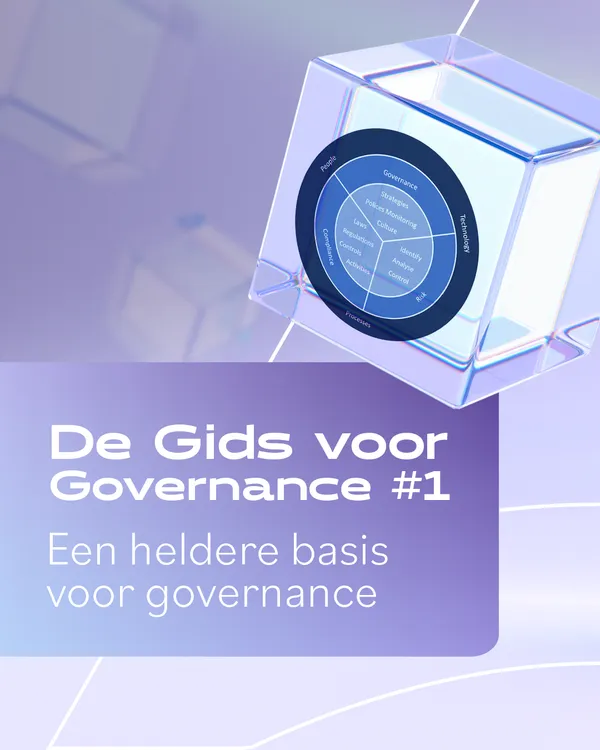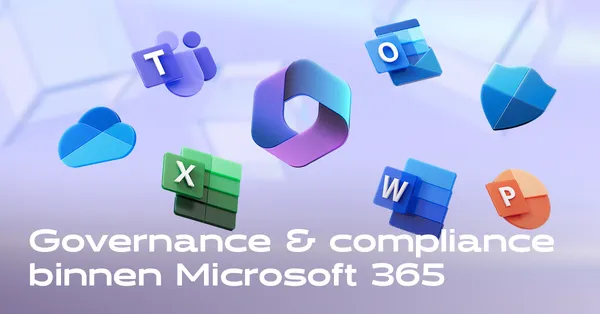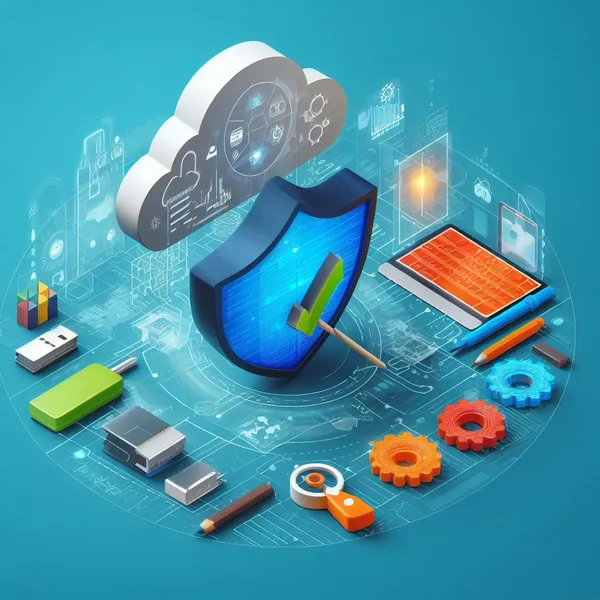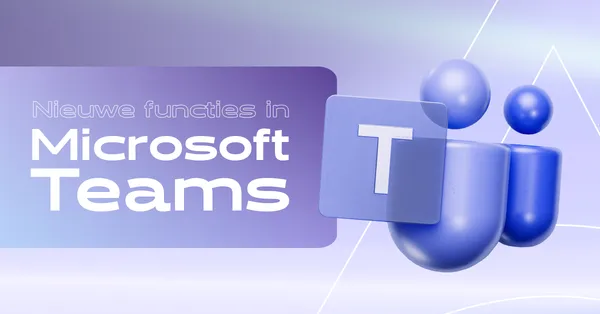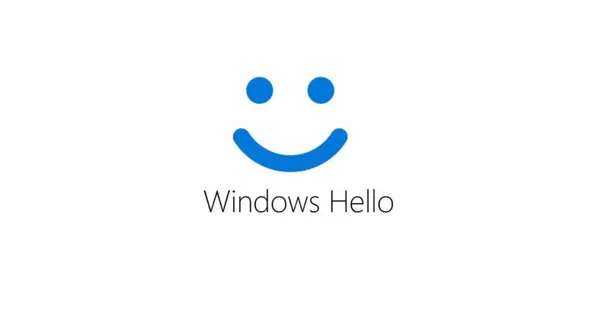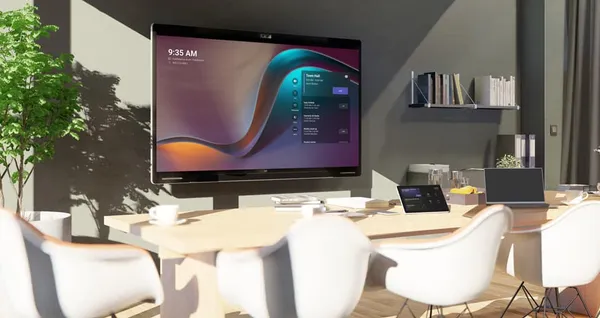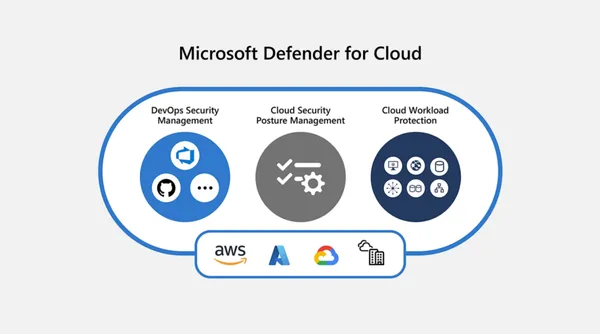
Knowledge base
April 22, 2022
Using Microsoft Teams to keep your business safe
Working from home is now the new “normal. Companies that can do this have moved to remote working and, with no clear indication of the expected duration of the COVID-19 lockdown, they are getting comfortable; establishing remote routines, reviewing business strategies and implementing appropriate solutions to enable their employees to work efficiently from home.
With the increased reliance on remote working solutions, coupled with reports of increased cyber attacks related to COVID-19, it is critical to ensure that the technologies you have chosen for your business are secure.
Microsoft’s collaboration platform ‘Teams’ has seen an unprecedented spike in usage since the COVID-19 pandemic first shut down the UK in March. The company reported that usage rose 200% in just 2 weeks, recording a staggering 2.7 billion meeting minutes in a single day on March 31.
Microsoft Teams, part of the Microsoft 365 (formerly Office 365) family, is designed as a “virtual office” and focuses on enabling remote collaboration, with features such as seamless video calling, easy chatting, file sharing and collaboration channels. By offering this variety of communication options, Microsoft Teams aims to increase productivity, focus and collaboration among its remote users: strong requirements during the COVID-19 lockdown. But in today’s challenging climate, companies need to know that their remote working solutions are secure.
So, how secure is Microsoft Teams?
Branded by Microsoft as “Secure. Safe. Free,” Teams enables users to collaborate without compromising privacy and security. During a recent press release, Jared Spatero, VP for Microsoft 365, explained: “Now more than ever, people need to know that their virtual conversations are private and secure. At Microsoft, privacy and security are never an afterthought”. Microsoft has built Teams on their Microsoft 365 hyperscale, enterprise-grade cloud, which offers some pretty heavy security and compliance capabilities.
‘Security statements and ethos’ are reassuring, but companies need security measures that fit their individual requirements; healthcare organizations are concerned about patient privacy, consumer companies are concerned about their customer data, and financial institutions need to prevent cyber attacks. Microsoft Teams offers advanced security and privacy features designed to meet the needs of different industries. The key security features of Teams include:
The policy “Reliable by standard and design
Teams is designed and developed in accordance with Microsoft’s Security Development Lifecycle. Privacy and security are embraced during product development and transparency for users is key. Microsoft does not deliver data-driven ads and deletes all data after a Microsoft 365 (formerly Office 365) subscription ends. Teams also complies with more than 90 legal and industry standards, so users can rest assured that their data and personal information are not at risk.
Enhanced security and privacy for video conferencing
Users can manage who can see meetings, participate in them, and access meeting information. Meeting organizers can determine who waits in the “lobby,” remove participants during a meeting, and designate “presenters” and “participants. All meeting participants are notified when a recording is started and recordings are stored in a controlled repository protected by encryption and permissions. Teams also benefit from artificial intelligence (AI) that monitors chats to help prevent negative behavior.
Identity and account security
Teams uses multi-factor authentication that protects your username and password by adding a second form of authentication, such as a code delivered through a mobile app. This fundamentally protects companies from cybercriminals who target employees with weak or stolen passwords. Microsoft Teams enforces this authentication through “Azure Active Directory,” a single, trusted back-end repository for user accounts.
Encryption and advanced threat protection
Company data and information are encrypted in transit (e.g., to a colleague) and at rest. Teams uses Secure Real-Time Transport Protocol (SRTP) to check the integrity of data moving from one virtual place in Teams to another, enabling secure file and information exchange. Advanced Threat Protection (ATP) checks the content to see if it is malicious or suspicious and blocks user access if it is.
Source: nostra
Want to know more?
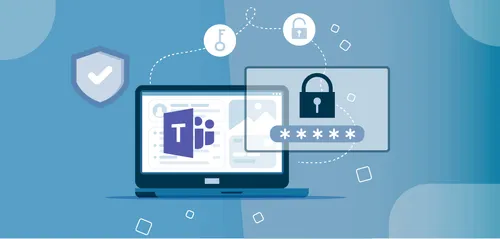
Related
blogs
Tech Updates: Microsoft 365, Azure, Cybersecurity & AI – Weekly in Your Mailbox.


